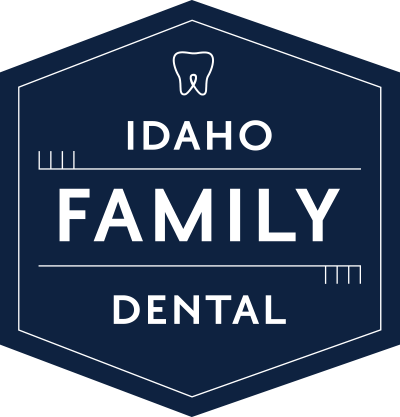In the old west, when people had to get a tooth pulled, it meant a trip to the local barber. There, the barber would use a few rudimentary tools to yank the tooth out of the patient’s mouth. If the patient was lucky, they would get a few shots of whiskey to help numb the pain. Antibiotics to fight off any infection that may occur were totally unheard of. The idea of getting a tooth extraction back then was often worse than dealing with the pain associated with a diseased tooth.
Tooth extractions that are done today are much different. They are done in a dentist’s office that has the equipment needed to do the job safely and effectively. The dentists that perform the procedure have had the training to do the job. There are different types of anesthesia that can be used to help a patient deal with the pain of getting a tooth pulled. All of these things have combined to make extraction a more common procedure.
Why are tooth extractions performed?
Tooth extractions can be performed for different reasons. If a person has wisdom teeth that are growing in, but lacks the space needed for them, it could be necessary to pull these teeth. If the teeth are growing under the gum line, the wisdom teeth can become impacted and removal becomes more important.
Teeth that have decayed to the point where they cannot be repaired with a filling or root canal can be extracted. People who are getting braces may have to have teeth extracted to allow room for the bite to be corrected. Children that have their adult teeth blocked by baby teeth that refuse to fall out, could undergo an extraction.
All of these are reasons for a tooth extraction, but the most common reason that is given for extractions is for broken, chipped or damaged teeth. When this happens, the extraction can remove the damaged tooth and the individual can undergo procedures to replace the lost tooth.
Who performs tooth extractions?
Tooth extractions are typically performed by dentists in their office. They can also be performed by oral surgeons. The need for specialized care will depend on the difficulty of the extraction. The extractions should be performed in a dentist office that is properly equipped to handle the extraction and any complications that may occur. It is also possible that an individual can go to a same day surgical center for the procedure.
Recovery from an extraction.
A person will take some time to recover from an extraction. The amount of time depends on the type of procedure and the amount of work that was done. Stitches are often put into place to help the wound heal. These stitches may dissolve on their own or they may require a follow up visit. Stitches are typically removed 7 to 10 days after the procedure. There is usually a small amount of discomfort the first 24 to 48 hours after the procedure has been done. Pain medicine can be used to help with this and antibiotics may be prescribed to prevent any infection. The total amount of time to heal from a tooth extraction is generally 30 days or more.
